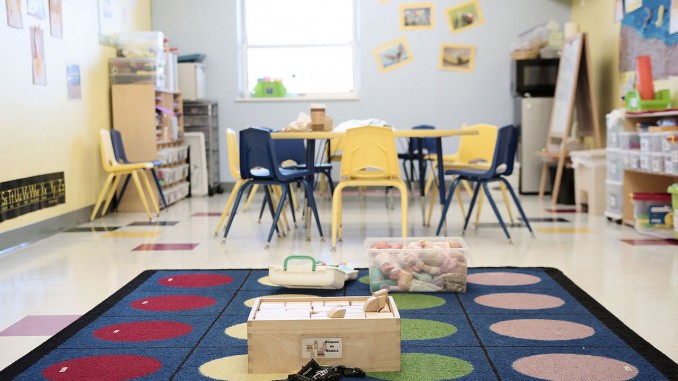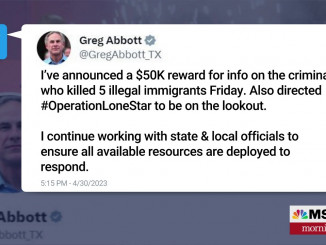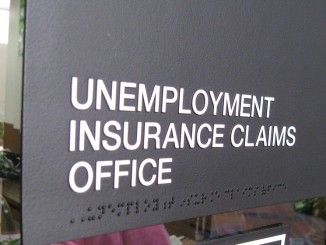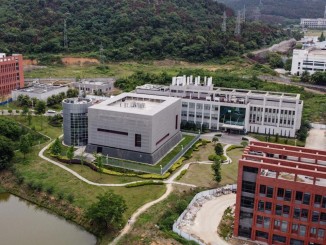
Thoughts of an Elementary School Teacher in Oakland, CA
We are back to school in year three of the COVID-19 pandemic. Historically pandemics appear to take 2.5-3.5 years to dissipate, so upon reflection, maybe it should not have been a surprise that we are still facing outbreaks of COVID-19. However, as an educator, who can recall the dystopian panic of that day in mid-March 2020, when staff and students manically packed their bags for what was expected to be a 3-week hiatus from in-person school (but what actually turned into 14 months of online learning), it still feels like a shock that this pandemic rages on.
No different than my experiences in over 10 years of teaching, educators were provided with little to no support as the coronavirus surged. At my Title-I public school in East Oakland, none of my students had electronic devices, and none of our educators were provided with any training on distance learning. In the spring of 2020, I taught the few students who were able to connect through their parents’ phones on Zoom, while simultaneously holding a conference call through my own personal phone for a few other students. Meanwhile, my heart ached for the children whom I was never able to connect to. It was only because those at our school fought back that students eventually got devices, and only because of our protests that we were able to get food delivered to them. It was educators and staff who donated their own stimulus checks to support our students’ families in the highest need. If it had not been for us, standing together to support our communities, the school district would have never acted.
Now, in August of 2022, the government, media, and most people want the pandemic to be over. This is easier said by those in positions of power, who have continued to work from the safety of their homes. Despite roaring inflation, most of us, tired of being locked up, wanted to get out this summer and travel. As a result, air travel demand in June 2022 was up 76.2% compared to the year prior.
For educators, this summer was a trepidatious one. As travel increased at an unprecedented rate, the coronavirus pandemic surged once again. The new variants, BA.4 and BA.5, are considered to be more contagious and lead to higher numbers of reinfection. As a result, the Biden administration has announced a new COVID booster campaign for after Labor Day. However, in many school districts in California and across the nation, back to school happened in early August, before the much-needed booster. Plus, in Oakland Unified School District, where I work, there was little communication from the school district and the teachers’ union about COVID safety precautions. Would there be a mask mandate from the County or the District? Would coronavirus testing still be taking place on a weekly basis? Would there be contact tracing? And what was the general attitude about COVID-19 in the third year of this pandemic?
It seemed as if everyone I knew with a health concern was desperately reaching out to their boss to understand the school district’s policy. Would there be a zoom option for professional development meetings? What would be the expectations for parent teacher conferences at the start of the year – in person or online? Could we encourage our students to wear masks? It is wrong that the most vulnerable in our society have to fight for information and safety precautions, which should already be in place to protect the marginalized. Without directives from higher ups, my colleagues and I agreed to speak frankly with our students about our health concerns, and the importance of masking.
However, as families appeared on our campus for registration, and students returned for that first day of school, I realized that I would not be needing to have an urgent conversation about the importance of masks. Everyone at my school was masked. Why is that? I believe people in our community continue to wear masks because COVID-19 ravaged the working class, who make up the majority of families in my school. Last school year I had a class of 29 students. 27 of them got sick with COVID-19, and many lost at least one family member to the virus. Most people should now know that when properly masked, in a well-ventilated space, the spread of COVID-19 and other airborne viruses are minimized.
Note I say minimized, not eradicated. Because now, three weeks into the school year, the virus is spreading once again at our school and across the district. COVID leave expires at the end of September, and there has been no communication from our government about its extension. Educators and staff are getting sick again, and students are missing school. With few policies in place, and limited contact tracing, students with symptoms are remaining in school, and subsequently spreading the virus.
In addition, COVID policies vary greatly across schools. Because charter schools are not under the auspices of a school district, and have private management, they are able to dictate their own COVID-19 policies. One Richmond, California charter school principal said that she is mandating masks because of the inordinate number of teacher absences last school year, which impacted student learning and stability. Meanwhile, a San Francisco private school dean told me that at his school there were no policies around COVID this school year, and masks were optional and would not be encouraged. It seems that the wealthy, the least impacted by this virus, feel that ignoring COVID-19, will make President Trump’s prophesy come true, “One day – it’s like a miracle – it will disappear.”
Even within my own public school district, COVID policies are different across school sites. Schools like mine, with stable staffing, experienced administrators, and a close community of families, are able to develop policies that protect the most vulnerable, and respond to the needs of the majority. However, understaffed schools with professionals new to the field, often have difficulty building relationships with students and families, knowing the needs of the disadvantaged in the community, and developing safety policies that all are willing to accept and implement.
The pandemic has exhausted school staff and resources: from the first days of teaching at home without devices, to the isolation of teaching on zoom, and the strain of developing digital teaching materials without guidance. All this while the media disparaged educators as lazy for being unwilling to risk their lives without vaccines, and go back to in-person schooling. Then came the uncertainty of teaching in person with vaccines, masks, and air filtration, but inadequate policies for contact tracing and testing.
The mayhem of teaching in a pandemic has burnt out educators and staff – not only teachers, but administrators, custodians, and other personnel. It is no wonder that the consequence of this disrespect and chaos has led to a staffing shortage in schools, not only in Oakland, but across the nation and the globe.




